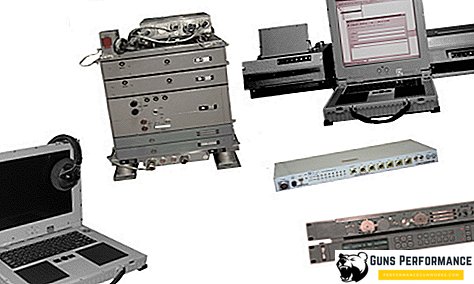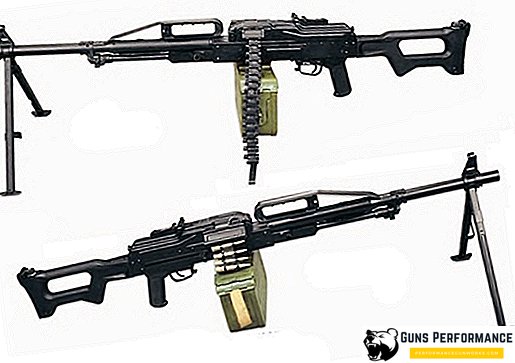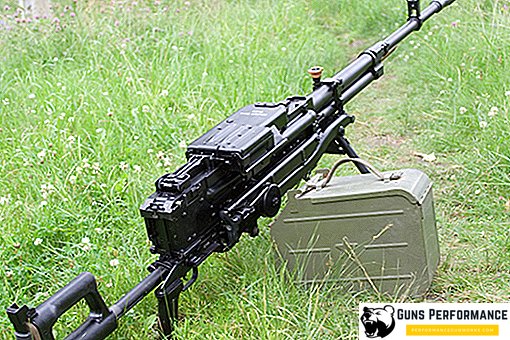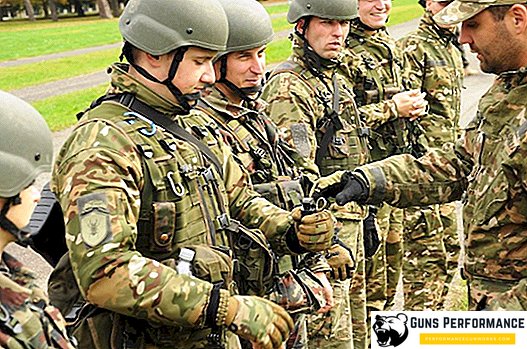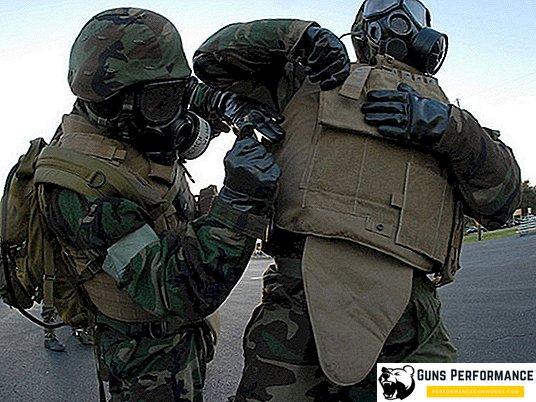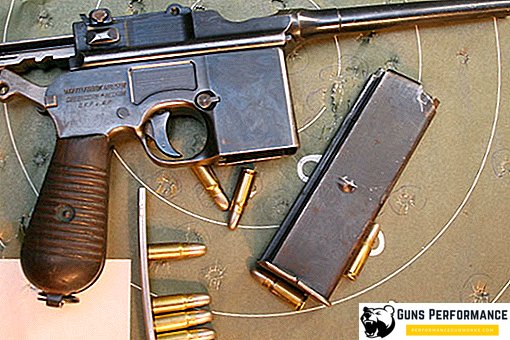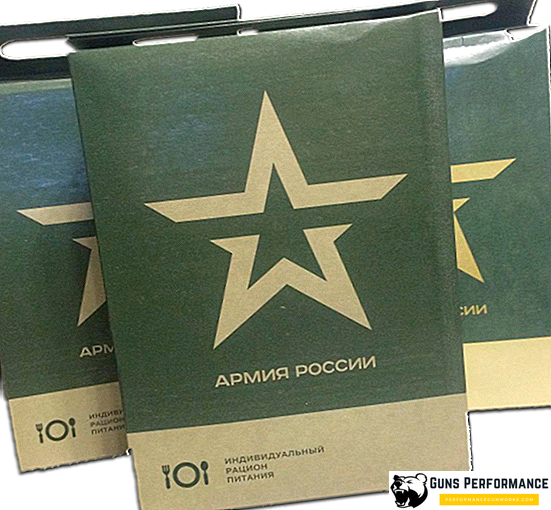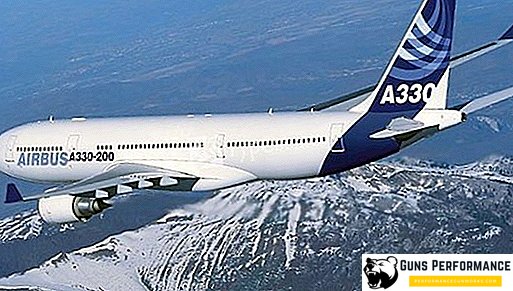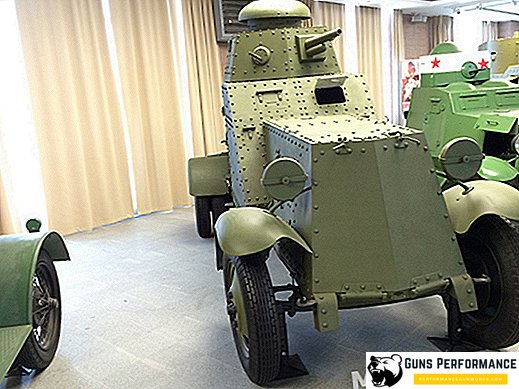
The Soviet medium armored car BA-27 is the first serial armored car made by domestic designers, well-armed and protected. The machine was created as a means of strengthening the infantry and cavalry units of the Red Army. Subsequently, the armored car was used as a means of communication and direct support in armored units.
Creating an armored car BA-27 and mass production
The idea to create a cheap, well-protected and armed armored car soared for a long time in the offices of the command of the Red Army. The presence in the army of a large number of medium-sized armored vehicles equipped with machine-gun armament could compensate to some extent for the small size of the tank fleet. In 1927, after the domestic industry mastered the production of the AMO-F-15 truck, it was decided to create an armored car on this platform.
A new member of the Artillery Committee, A.A. Rozhkov. Already in the autumn of 1927, a prototype model of an average armored car, modified by a team of the Armory Committee, was put to the test, initially receiving the name of the B-27 (by the year the project was created). In the same year, the car was put into service by the Red Army, receiving the name of the average BA-27 armored car of the 1927 model.

Subsequent mass production was carried out entirely on the production site of the Izhora plant. Over the years of serial production from 1928 to 1931, 216 machines of this type were produced.
Technical and tactical parameters of the armored car BA-27
- Combat weight: 4.4 tons.
- Crew - 4 people.
- Overall dimensions: length - 4600 mm, width - 1700 mm, height - 2500 mm, clearance - 250 mm.
- Armament: 37-mm gun Hotchkiss (ammunition - 40 rounds); 7.62-mm machine gun DT (ammunition - 2018 rounds).
- Armor thickness: 3-7 mm.
- Engine: AMO. Type - 4-cylinder carburetor, power 35 hp
- Maximum speed: 30 km / h.
- Cruising on the highway: 180 km.
- Overcoming obstacles: wall - 0.15 m, ditch - 0.7 m.
The average BA-27 armored car was used during military operations conducted by units of the Red Army in Central Asia related to the elimination of Basmachis. A limited number of armored vehicles of this type continued to remain in the ranks of the Soviet units during the Soviet-Finnish war of 1939-40. Part of the machines supplied to the Mongolian People’s Republic continued to remain on the equipment of the Mongolian army until the end of the 40s.
A photo




